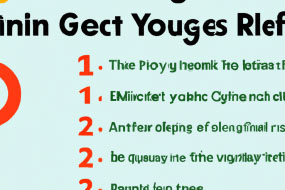
Virtual reality (VR) and augmented reality (AR) have revolutionized the way we interact with technology, and Google has been at the forefront of these advancements. From Google Cardboard to Google Earth VR, the tech giant has constantly pushed the boundaries of what is possible in the virtual and augmented world. Here are some of Google's top innovations in VR and AR.
Google Cardboard
Google Cardboard was Google's first venture into the world of VR. It is a simple, affordable device that transforms your smartphone into a VR headset. All you have to do is slide your phone into the cardboard viewer and experience a 360-degree view of virtual reality. Since its launch in 2014, Google has sold over 10 million Cardboard units worldwide, making it one of the most popular VR devices in the world.
Google Earth VR
Google Earth VR allows users to explore the world from a new perspective. With the ability to zoom in and out of locations, users can experience cities, landmarks, and even galaxies in stunning detail. It is also possible to take a virtual flight over any location, providing a unique and immersive experience. Launched in 2016, Google Earth VR has been praised for its realism and attention to detail.
Google Lens
Google Lens is an AR technology that allows users to point their smartphone camera at an object and receive information about it. This can include details such as the name of a flower or a translation of foreign text. Launched in 2017, Google Lens has been integrated into several Google products, including Google Photos and Google Assistant.
Google Daydream
Google Daydream is a VR platform that was launched in 2016. It includes a VR headset, controller, and a library of games and apps. The headset is designed for comfort, allowing users to wear it for extended periods without discomfort. While not as popular as other VR platforms, Google Daydream has received positive reviews for its usability and affordability.
Google Tango
Google Tango was an AR platform that used sensors on smartphones and tablets to create 3D models of the environment. It was launched in 2014 and was later integrated into the Lenovo Phab 2 Pro smartphone. However, Google officially ended support for Tango in 2018, citing the success of ARCore, its successor AR platform for smartphones.














